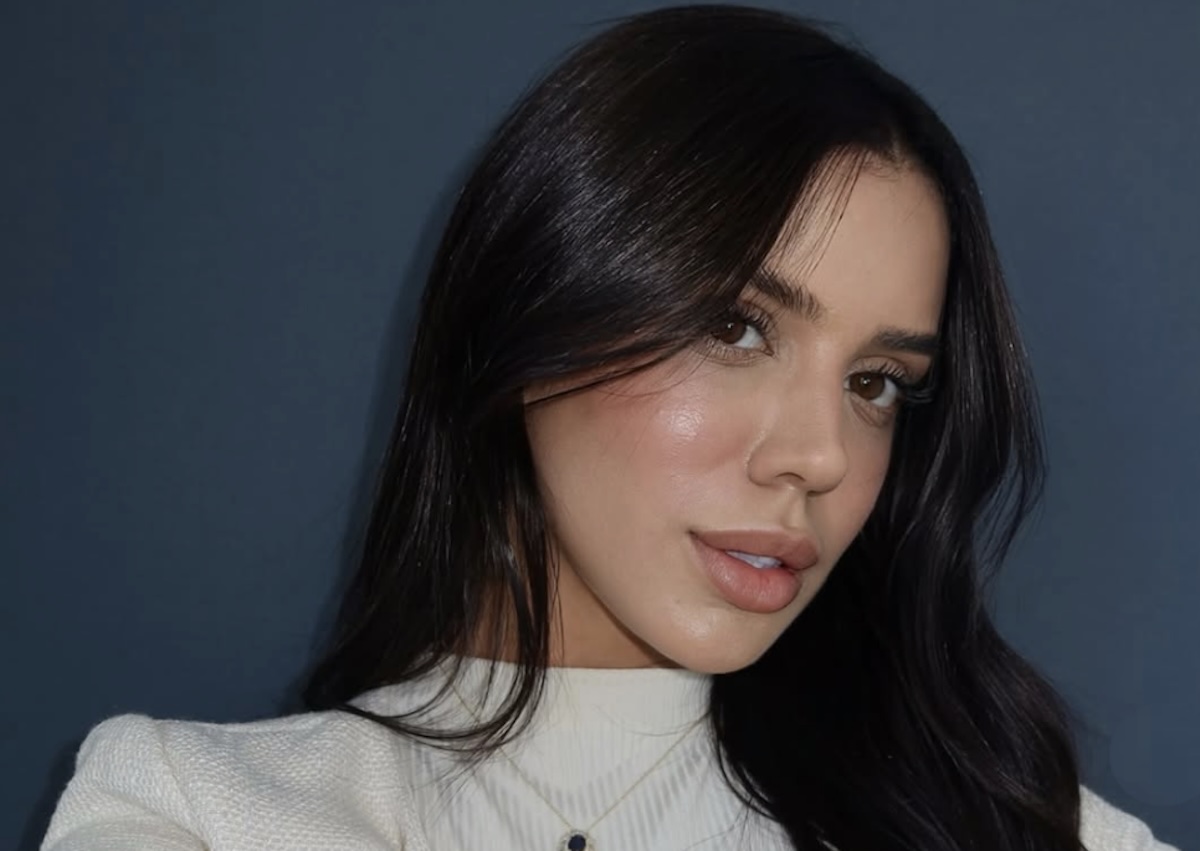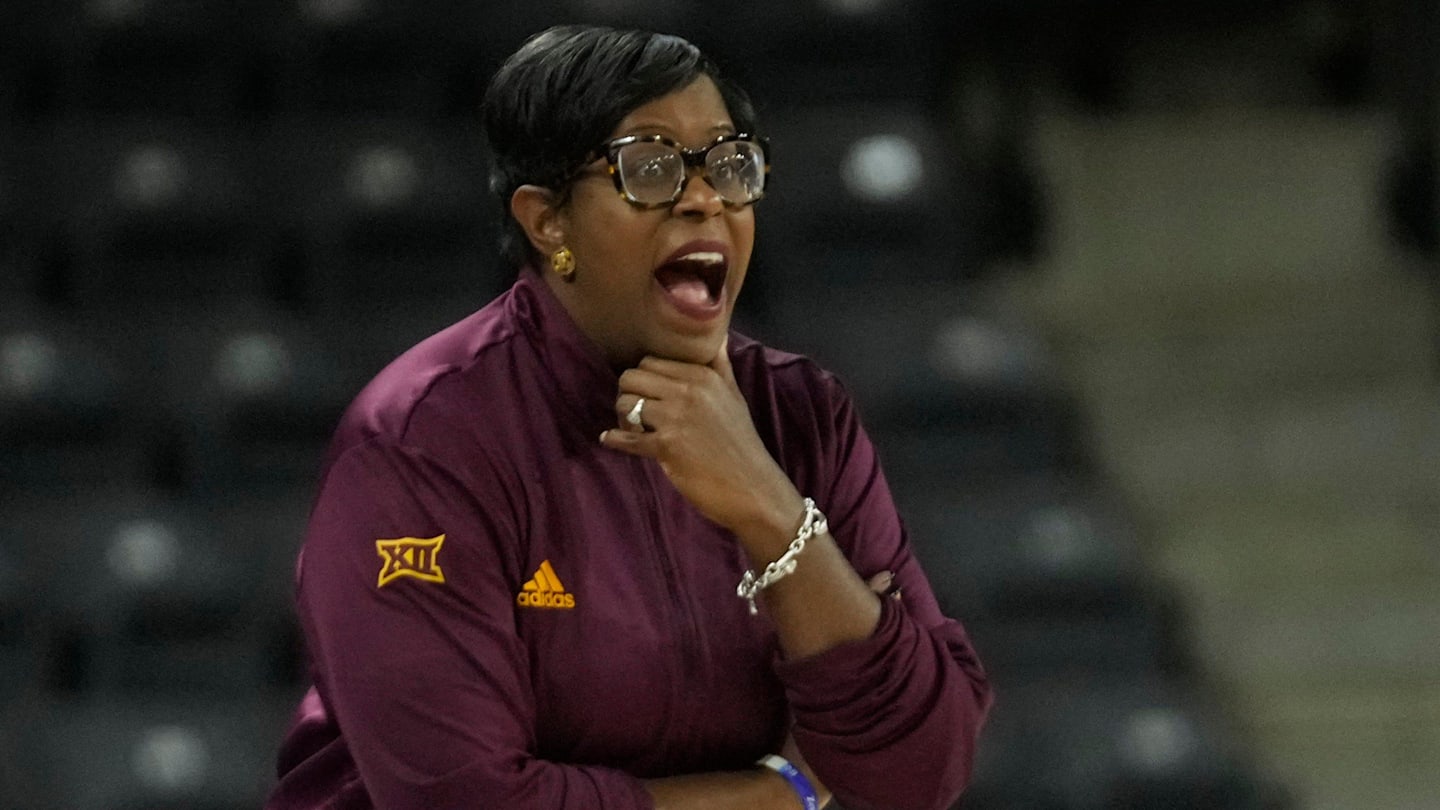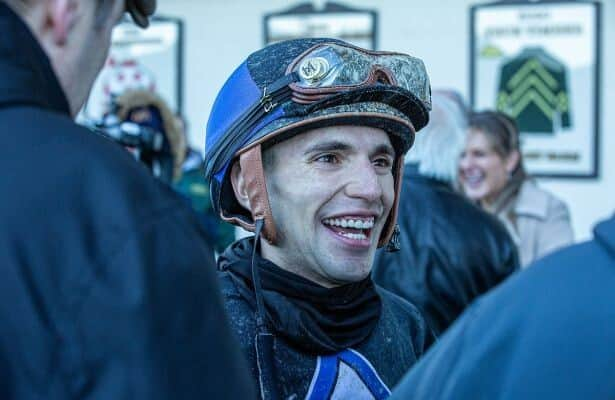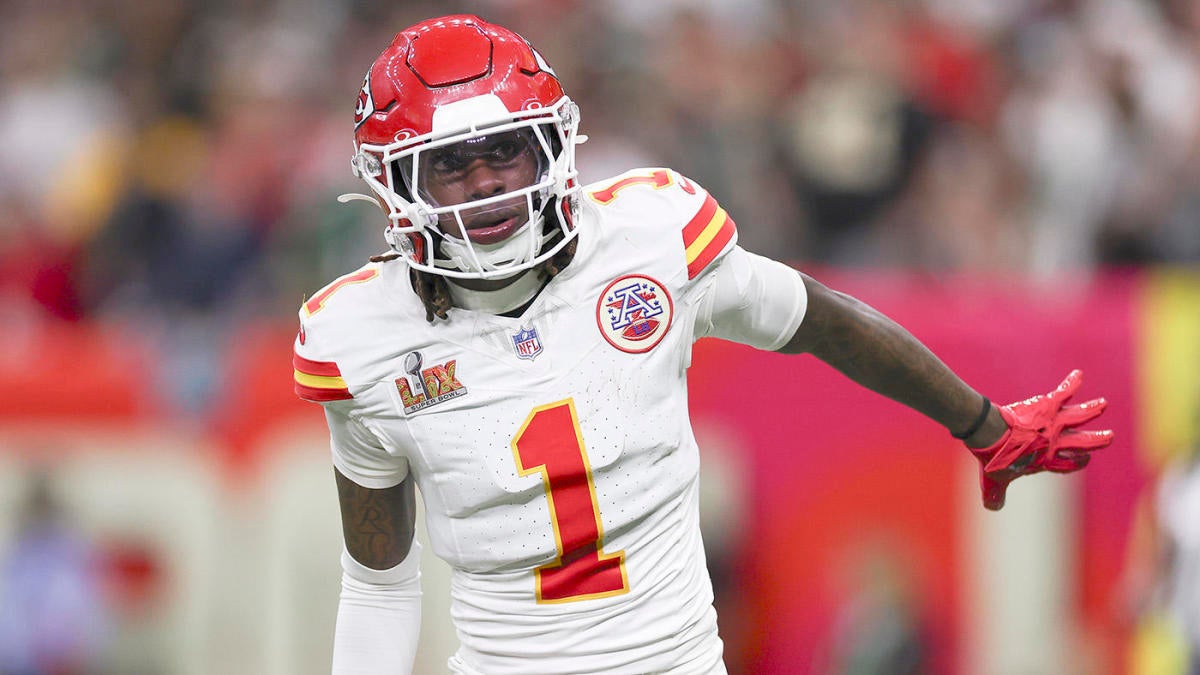How A Swedish Fitness Toy Went Viral Thanks To Tom Brady, RFK Jr. And An Army Of Celebrities

Seeing Stars: With a long list of celebrity endorsers on TikTok, Boxbollen cofounders Victor and Jacob Eriksson pushed their fitness toy to $59.2 million in 2024 revenue and hope to reach $100 million in 2025.
Boxbollen
Conor McGregor has earned a sizable social media following with his vicious knockouts and trash talking. Yet in November, the UFC superstar went viral doing something entirely different: punching a ball tied to his head.
McGregor’s TikTok ad for the fitness toy, produced by the Swedish company Boxbollen, attracted more than 17 million views—and he wasn’t the product’s first celebrity endorser to captivate an online audience, either. Older videos of reality TV star Khloe Kardashian and Manchester United great Wayne Rooney each netted nearly six million hits. A post featuring popular internet streamer Speed notched two million views, and one with former heavyweight champion boxer Tyson Fury crossed the three million mark.
That’s exactly what Boxbollen is counting on—especially considering its product has no patent and is essentially nothing more than a ball and a headband attached by string.
“The celebrities, they fuel our paid posts, all the paid performance,” says Jacob Eriksson, 35, who cofounded the business with his brother Victor, 33. “So if we don’t have new celebrities every year, we don’t have new content, [and] we don’t have anything to put in our paid performance machine.”
Over the past three years, Boxbollen has reinvested as much as 50% of its revenue into its marketing, and up to 20% into celebrity endorsements specifically. The strategy is paying off: In 2024, the company posted its best results yet, with $59.2 million in revenue and $5 million in profit, up from $290,000 and $90,000 in 2019, its first full year in operation. And the Eriksson brothers are plotting a much more ambitious future.
In 2021, Boxbollen launched a companion app for its product that allows users to upload videos and compete against one another. It now boasts 1.6 million users, more than 700,000 of whom were active in the last 90 days. With that robust community, the Erikssons now have designs on creating sports leagues around their product, having gone as far as launching a pilot program at a Swedish school as well as online competitions with cash prizes. (An 11-year-old once won $10,000 in an event on the app featuring entrants of all ages.)
“Our goal is actually to become the world’s fastest-growing sport,” Jacob Eriksson says. “And why I believe we can be the biggest sport in the world is because everyone can do it.”
It’s a lofty aspiration, and one shared by numerous other fringe sports around the world. For instance, Spikeball—a game in which two teams of two smack a ball into a trampoline-like net—launched a professional tour in 2014. Teqball—essentially a form of Ping-Pong played with a soccer ball—followed suit in 2021 and commanded an $850,000 broadcast deal with ESPN in 2022.
True commercial success won’t be easy, however.
“With the right management team and product, a company can generate millions of dollars of revenue,” says Simeon Siegel, a retail and e-commerce analyst at BMO Capital Markets. “The question is sustainability. The question is duration. The question is the path.
“In general, a $50 million business can grow into something larger, or it could fade away. … It’s hard to know what a $50 million business looks like a decade out.”
Still, Boxbollen has come a long way already.
Plain and Simple: Boxbollen’s toy is essentially nothing more than a ball and a headband attached by string. But the company has launched a companion app and hopes to create sports leagues around the product.
Boxbollen
Jacob Eriksson was inspired to create the product when he spotted a man using a rudimentary version on YouTube but couldn’t find it available for purchase anywhere online. He and his brother, who was wrapping up a professional soccer career in Sweden, put in the roughly $2,500 minimum required by Swedish law to incorporate and produced 1,000 units for their launch at Christmastime in 2018. Boxbollen ended up tripling that sales figure in its first two weeks.
The brothers focused on Sweden for two years, sending their product out to local influencers—who posted for free at first—and eventually sliding up to bigger names. In 2021, when Boxbollen’s global aspirations took it to the U.K., the Erikssons shifted their focus to soccer legends such as Rooney and John Terry. A year later, they announced their presence in the U.S. with Kardashian, and America has been the company’s biggest market ever since, representing about 85% of its sales in 2024.
How exactly the Erikssons have landed such a star-studded roster of endorsers—including star athletes Tom Brady and Jon Jones, musicians Nicole Scherzinger and Snoop Dogg, and U.S. Secretary of Health and Human Services Robert F. Kennedy Jr.—is a secret they won’t explicitly divulge. But it helps that the brothers have generally dealt directly with their talent, rather than with agents or managers, and have made seven-figure offers that can include revenue sharing. They also fly to meet the celebrities and film the ad content on their phones, rather than requiring their ambassadors to come to them for content shoot days.
Boxbollen’s marketing strategy doesn’t come without risk. In November 2023, the brothers arrived in Los Angeles with a “nice list of talent” to shoot, only for three of the biggest names to cancel. Putting those deals together can take roughly two months, Jacob Eriksson says, and with more than 90% of the company’s revenue coming in the fourth quarter each year, the brothers have relied on a $3 million loan in each of the last two years to fill cash-flow gaps.
So far, it has all worked out: During that 2023 trip, for example, the Erikssons hustled, from coffee meetings to steak dinners and even to a get-together in a Beverly Hills gentlemen’s club, and eventually signed Brady and secured an appearance on ABC’s The View.
“The model that we have is so Q4 heavy, it is just so important that we nail all the details to get the results that we want,” Victor Eriksson says. “I think the pressure of that and making it happen year-over-year-over-year is of course a big challenge.”
The Erikssons’ goal for 2025 is $100 million in revenue, and they have a few available levers to help them get there, including monetizing their app, getting into big-box retail stores and launching a new product (which they have teased).
Longer term, the brothers hope to sell Boxbollen, after unloading a 15% stake four years ago at an undisclosed valuation to bring on strategic partners and generate some buzz. When exactly a deal will materialize is uncertain, but that hasn’t stopped the brothers from thinking about numbers.
“We wouldn’t sell for less than $100 million, at least,” Jacob Eriksson says.
MORE FROM FORBES
Related
Yaslen Clemente Shows Off Leg Day Gains and Shares Her…
Yaslen Clemente isn't just an influencer—she's a fitness powerhouse. The social media star is known for her intense workouts, and she recently sha
Samantha Espineira Stuns in Blue Swimsuit and Shares Her 5…
Samantha Espineira knows how to turn heads, both on and off the runway. The successful model and Instagram influencer regularly shares breathtaking
The Best Fitness Trackers To Help You Reach Any Health…
Best Health Tracker: Oura Ring 3Why We Love It: I’ve tried many, many fitness trackers—but I tend not to stick with one watch or band for very long. I’ve
#CycleSyncing debunked: Popular TikTok trend not backed by science
A new study has debunked a popular TikTok wellness trend called cycle syncing, which claims that tailoring a workout routine to match the hormonal changes that












